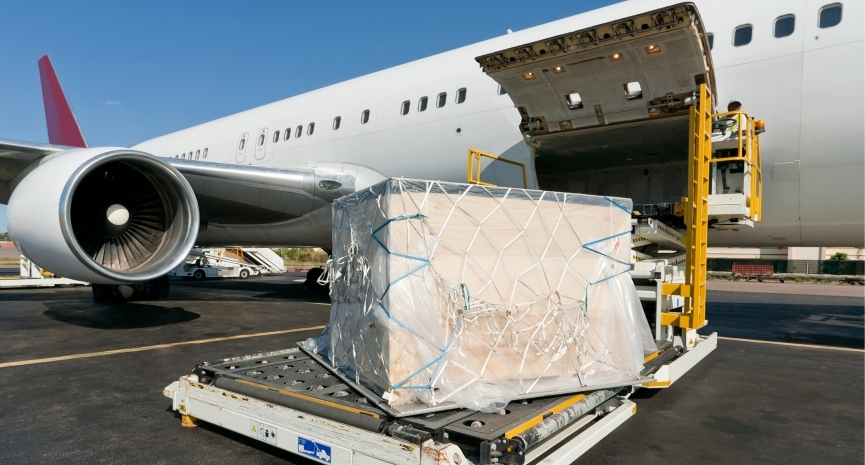Global freight traffic grew by 8.8% y-o-y from August to October 2017: IATA
IATA says that the air freight tonne kilometres grew by 8.8 percent year-on-year in the three months ended October.

December 19, 2017: The latest report from the International Air Transport Association (IATA) says that the air freight tonne kilometres (FTKs) grew by 8.8 percent year-on-year in the three months ended October. A slowdown from the seven-year high seen in the previous three months, but still a strong pace by historical standards. Annual growth in freight volumes remains robust on all of the major international market segments, broadly in the region of 10-15 percent year-on-year.
A more favourable supply and demand helped the cargo yields to go up, and to offset some pressure from rising fuel costs.
The industry reports indicate that demand has been strong in the key final months of the year too. The stronger economic and trade conditions, including sharp rises in consumer confidence, are expected to support the demand into 2018, even as the boost to air freight from the inventory cycle wanes. Meanwhile, freighter utilisation is currently back at levels last seen in 2012.
Market drivers
There are further signs that the current FTK growth cycle peaked earlier in 2017, having been bolstered by the inventory re-stocking cycle. Nonetheless, the ongoing upturns in global economic and trade conditions, not least the strong gains in consumer confidence, are expected to remain supportive of air freight demand in the near term.
All told, business surveys remain consistent with annual FTK growth of just under 7 percent in Q1 2018. Capacity, costs and yields 11,632 tonnes of additional cargo payload capacity are estimated to be added in 2017 – around 10 percent below that of last year. Additions from belly-capacity via wide-body passenger fleet deliveries still to dominate. The amount of cargo payload added from deliveries of freighter aircraft was the lowest since 2008, around 30 percent below that seen last year.
More favorable supply and demand dynamics are helping to drive cargo yields higher, and to offset upward pressure on breakeven loads from higher fuel prices. Cargo yields rose by 13.1 percent year-on-year in Oct 2017 – the fastest pace in seven years. Daily utilisation rates of large freighter aircraft have increased throughout 2017, and are currently at their highest level since 2012.
Increased utilisation will help to further reduce unit costs, and to reinforce the backdrop for financial performance. Heads of cargo are increasingly upbeat over yields. When surveyed in early-October, nearly three quarters of airline heads of cargo expected volumes to rise over the next 12 months. The survey respondents were also increasingly confident about the outlook for yields over the period.


